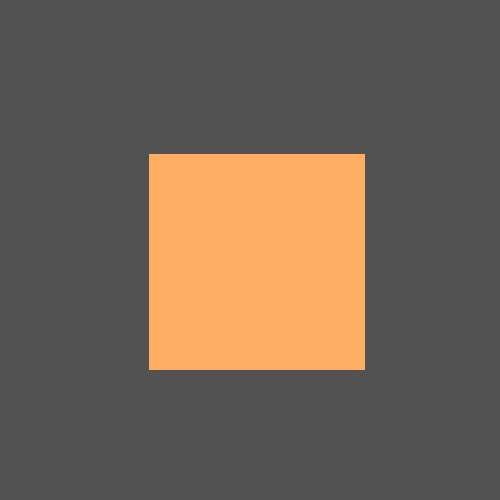A classical fractal design that predates the mathematics of fractal geometry
is the Koch Island. I have chosen one of the several Koch Island designs to
show how these two ideas(fractal and tessellation) converge. Benoit
Mandelbrot describes this as quadric Koch Island. The initiator is a square.
The generator has N=18. Each of the four straight sides is replaced by a
line with right angles curving in and out of the square. The generator
consists of 18 sections of equal length. Each of these sections is replaced
by the generator in the next fractal cycle. The enclosed area is not changed.
The sides of the Koch Island are lines with half-turn symmetry at the
mid-point (C line). The corner of the square is also a rotation point for
one-quarter turn symmetry for the sides (C4 line). Once you tessellate
the first fractal of the Koch Island, all complex forms of the Koch Island
can be considered as a larger clump of the first fractal. The extremity of
the more complex fractals contains the first fractal. This is also known
as symmetry of scale, or self-similarity.
By changing the generator, several different Koch Islands can be created.
In his book "The Fractal Geometry of Nature", Benoit Mandelbrot discusses
the property of the generator called self-avoiding (page 39). "A Koch
construction using carelessly chosen generators risk self-contact or
self-intersection, or even self-overlap. " This aspect of the generator
is also noticeable with doing Escher-like tessellations. It is one of
the challenges to make the boundary of an Escher-tile to be self-avoiding.
The Koch Island can be implemented with square tiles in the foyer of a house.
This is also suitable for the walls of a bath enclosure. In architecture,
you can consider the Koch Island as a structure with 4-fold symmetry. Can
this design be used as a shipping dock or an airport terminal ?



 Lego pot with dragon fruit cactus
Lego pot with dragon fruit cactus
Fractal tile at Yale University
Fractals in Nature





 Lego pot with dragon fruit cactus
Lego pot with dragon fruit cactus